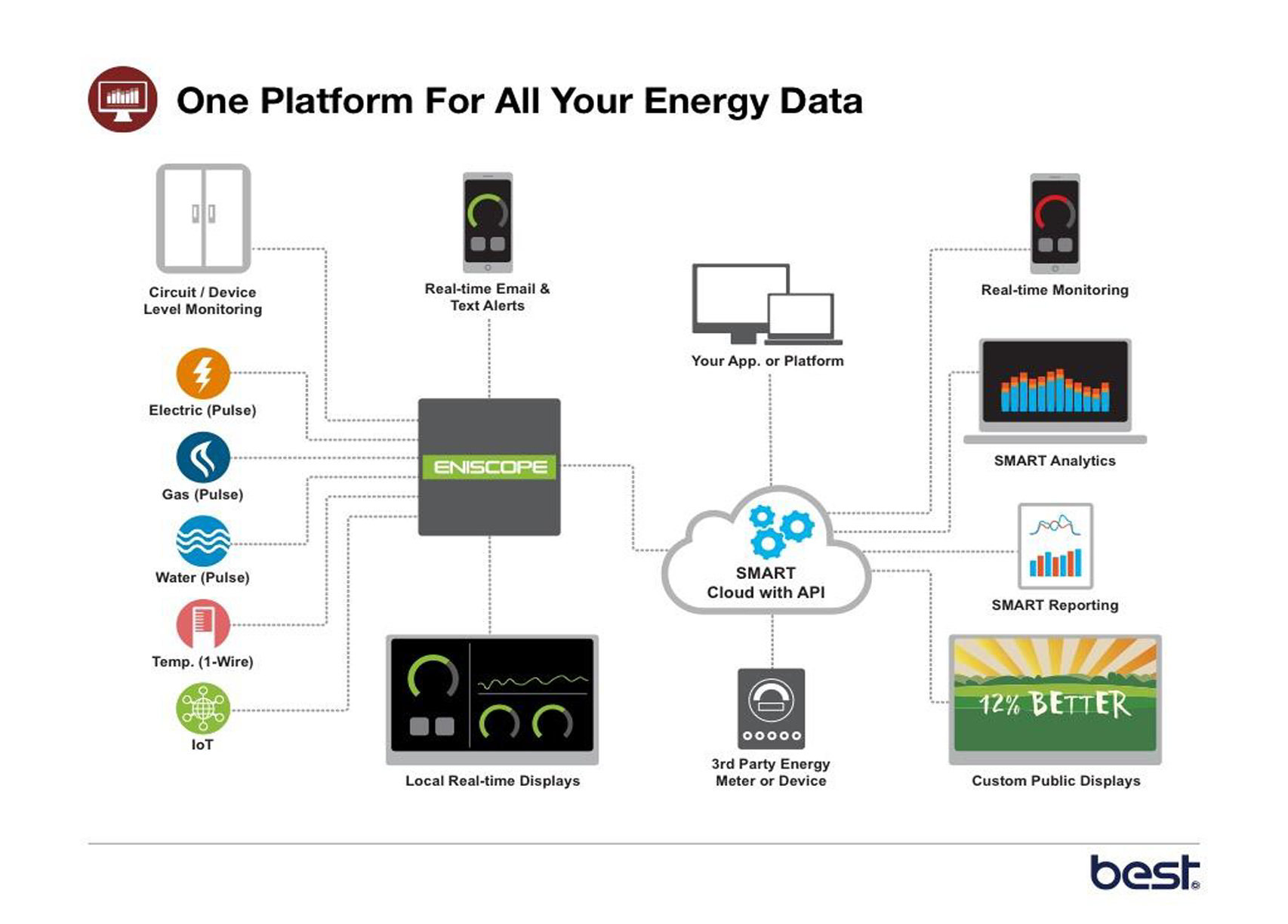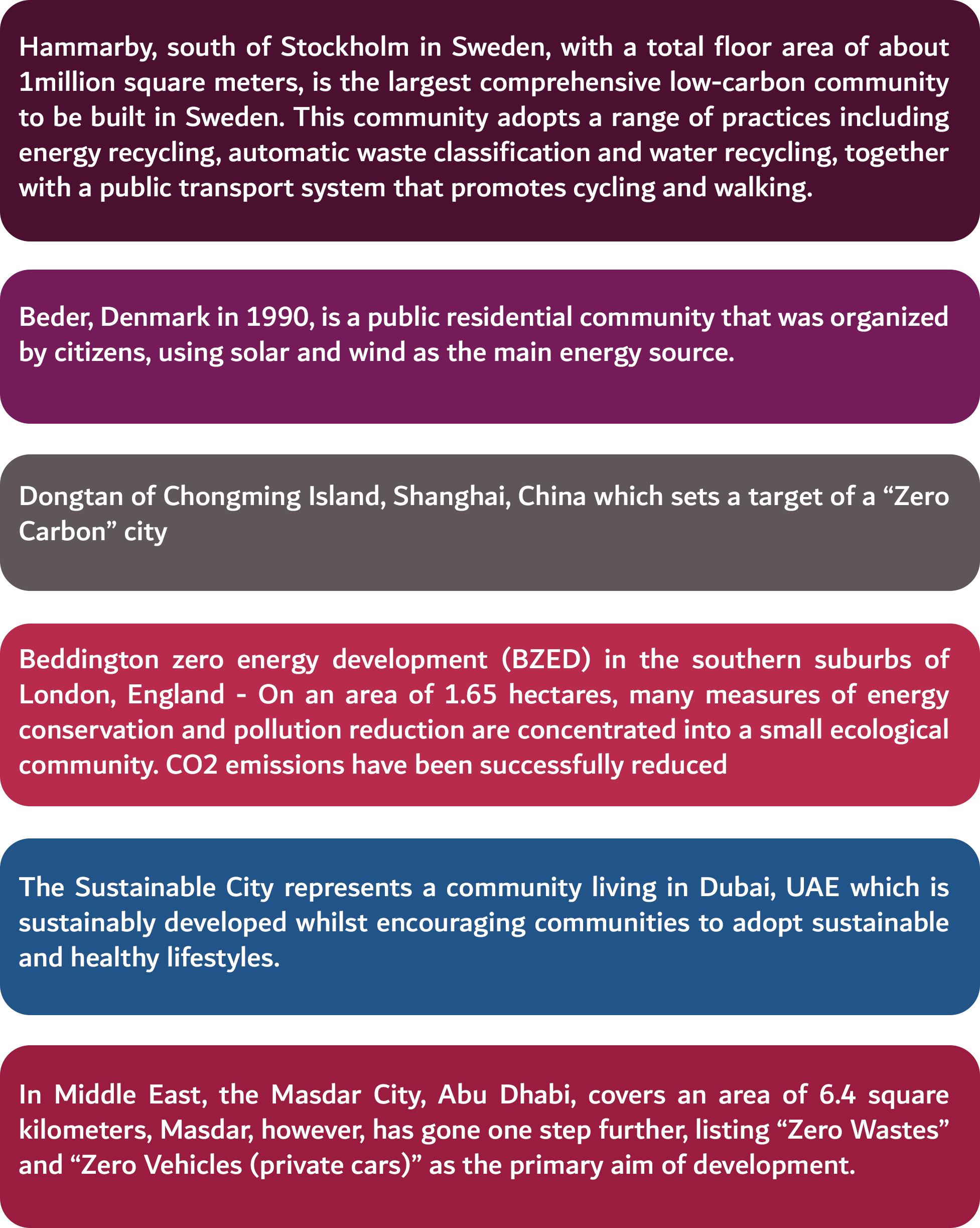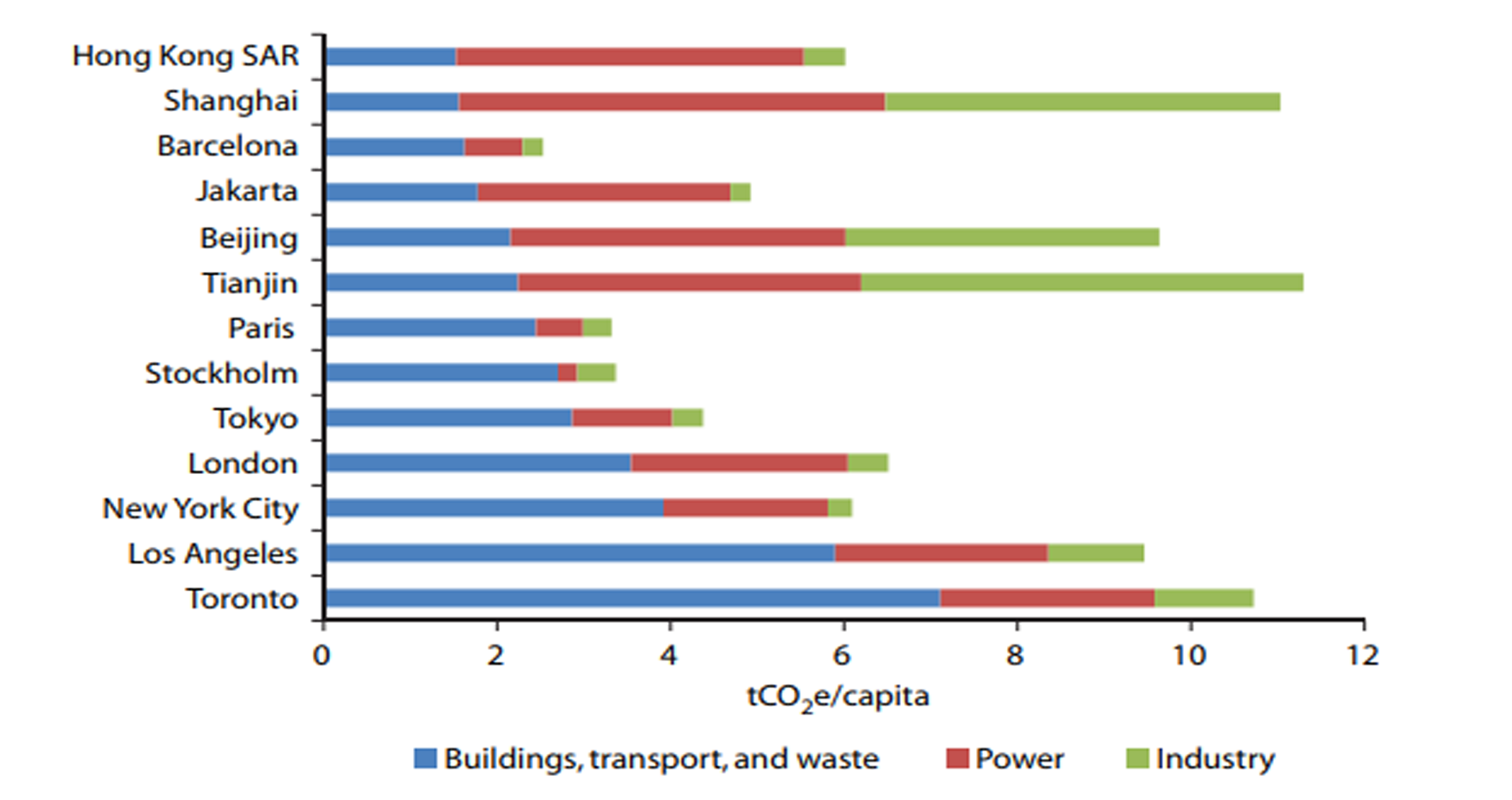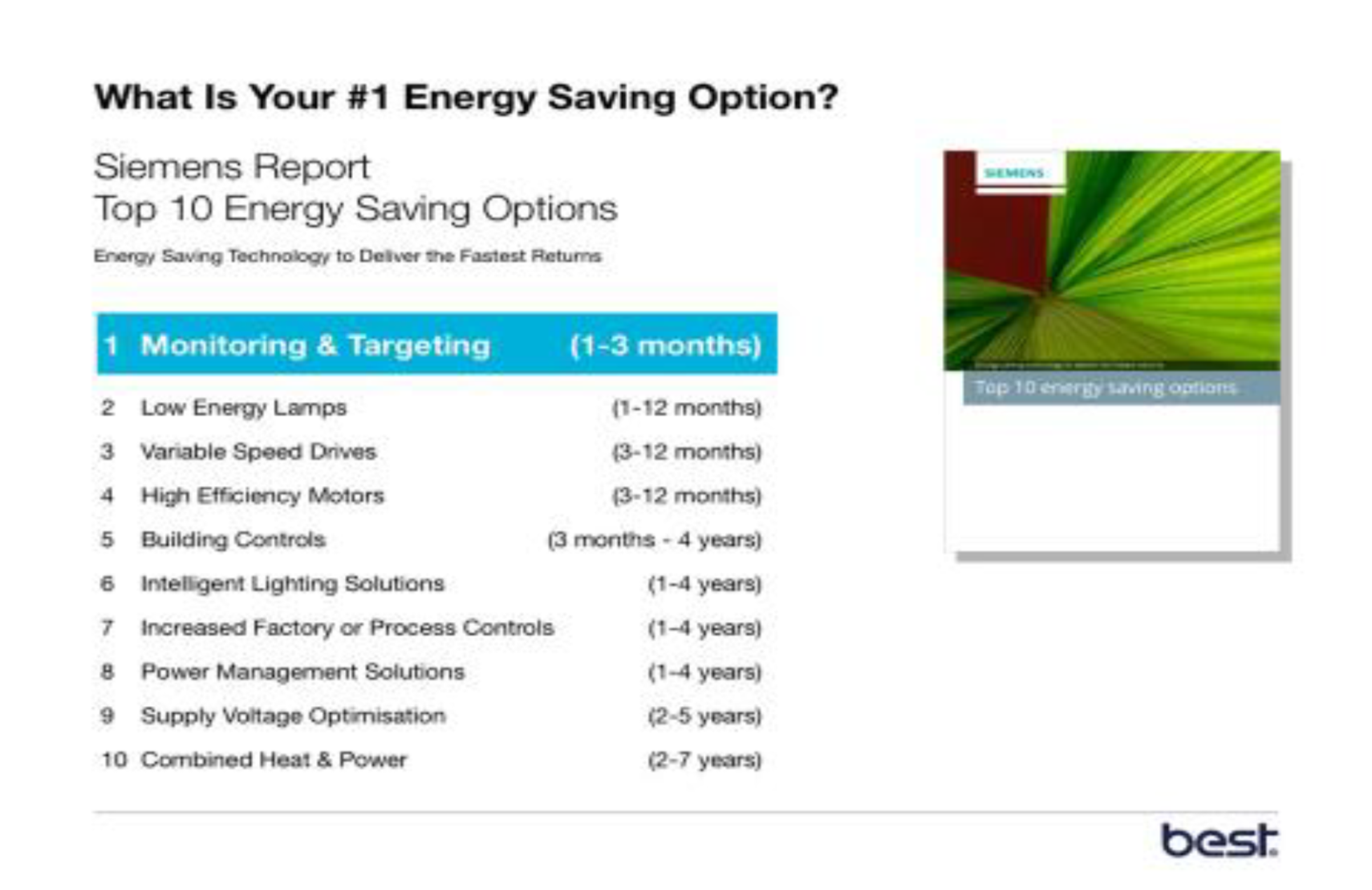Founder & Managing Director
Beacon Energy Solutions & Technology.
Email: sandhya@consultbeacon.com
Website: www.beacon-energy.com

A low carbon community is a development with low levels of carbon emissions. Building a low-carbon community
can help alleviate the current problems of dwindling resources and climate change.
One way to achieve a low carbon community is to develop on the principles of an ecological or green community.
An ecological or green community is based on ecological principles, in harmony with nature and is therefore an
integral part of the ecological cycle. In addition, an ecological or green community is committed to reducing the
consumption of energy and resources, creating healthy, comfortable living environments, which leads to harmony with nature.
Wishing to live in a Low Carbon Emission City to knowing how “we” individually can help play a role, as building owners
and management can play an active role, how city council can assess the city achieve this goal is a continuous process.
How can one assess whether the community is low carbon emission?
The “LEED- Neighbourhood Development” method of assessment is one method that is widely recognized. LEED or Leadership in Energy and Environmental Design, is an internationally-recognized green building certification system, developed by the U.S. Green Building Council (USGBC) in March 2000. This provides building owners and operators with a framework for identifying and implementing practical and measurable green building design, construction, operations and maintenance solutions.

Emirates Green Building Council in UAE, Estidama Pearl Rating System in Abu Dhabi, Dubai Green Building Code are encouraging developers, consultants and contractors to incorporate green thinking in their constructions projects.
Practices of low-carbon community
There are some successful cases of low-carbon community practice in the world. Let us look at a few cities and what they have done.

All citizens of the world play a role through their behaviour and habits in consumption with an impact on carbon emissions. In a research, cities were ranked around the world on the basis of per capita carbon emissions. The categories focussed on
in terms of carbon footprint were three viz. Buildings/Transport & Waste, Power and Industry.
Toronto was highest in terms of Carbon Emissions from Buildings/Transport and Waste. Shanghai topped in both power and industry.

5 key focus areas in constructing a low-carbon community

Government Policy for Zero CO2 Economy
So what are the most important things we need to do to have affordable energy without using fossil fuels?
Goal must be ZERO CO2 ECONOMY — which gives policy coherence and a yardstick by which we can measure progress.
There are 8 critical policies to be enacted to achieve it.
1. Enact high efficiency standards for buildings, appliances, and vehicles
2. Mandate more efficient cars and electric vehicles
3. Increase efficiency standards for appliances

4. Fix existing buildings. Most old buildings are not well-insulated and waste lots of energy. When a house is sold, we could mandate that buildings meet a certain standard of energy efficiency,like fire codes and electrical safety standards
5. Stop subsidies and tax breaks for fossil fuels
6. Stop subsidies for biofuels.
7. Use government buying power to encourage the development of renewable supply technologies.
8. Ban new coal fired plants.
We can eliminate half of our energy consumption through efficiency; we can get the rest of our energy from renewables.
References:
1: Best Practice in Low-Carbon Community Planning: Research Gate
2: Gils, H.C. and Simon, S. (2017).Carbon neutral archipelago –100% renewable energy supply for the Canary Islands.Applied Energy, 188: 342–355.
3: SPR Productions Case study ITM
4: Union of Concerned Scientists
5: www.beacon-energy.com